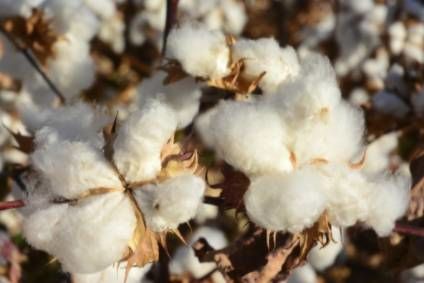
In total, 229,280 farmers grew 249,153 tonnes of organic cotton fibre on 588,425 hectares of certified organic land in 21 countries, according to Textile Exchange’s ‘2021 Organic Cotton Market Report’.
The figure represents a 4% growth in fibre volume and is the fourth year in a row that organic cotton production has increased. Organic cotton accounted for almost 1% of the global cotton harvest that season.
Ranked by production, the top seven organic cotton-producing countries, which together account for 95% of global production, were India (50%), China (12%), Kyrgyzstan (12%), Turkey (10%), Tanzania (5%), Tajikistan (4%), and the US (3%).
Two new countries – Uzbekistan and Myanmar – joined the line-up of organic cotton producers in 2019/20, and at least another three countries are expected to join in the next few years. The biggest contributors to the global growth seen in 2019/20 were Tanzania and Kyrgyzstan, followed by Uganda, the US, Pakistan, India, and Turkey.
“The demand for organic cotton has been growing steadily, particularly the last four years,” says La Rhea Pepper, Textile Exchange founder and CEO. “All signs point to increasing demand for organic cotton as brands expand their use of the fibre in their product lines in response to concerns over the textile industry’s impact on the environment and consumer demands for sustainable choices.”
The report found India once again had the most land in conversion to organic, followed most closely by Turkey, Tajikistan, and Tanzania. At least 50,552 hectares of cotton land were in conversion to organic cotton in 2019/20. This is equivalent to 8% of the total certified production area.
Textile Exchange says organic cotton production is set to skyrocket in 2020/21, with an estimated 48% growth, stemming predominantly from India and Turkey. In India, this growth is largely a result of increased demand causing organic cotton prices to increase. This, in turn, makes it a more attractive option for farmers and is leading existing producers to dedicate a larger share of their certified organic land to growing cotton versus other crops. In Turkey, increased demand is also the main driver, but the growth is more a result of new producers starting up organic cotton production.
“Textile Exchange urges all brands to ‘plan for planting,’ including supporting the conversion years to ensure that organic will be available to meet their future needs,” says Textile Exchange fibre strategist, Rui Fontoura.
Besides revealing detailed production data at global, regional, and country levels, the report also covers current trends and priorities for the organic cotton sector, including discussions on current demand, regenerative agriculture, seed innovation, Covid-19, and the price vs. value paradigm. Impact is also a key feature, in line with Textile Exchange’s 2030 Climate+ goal, with spotlights on the key impact areas of climate, biodiversity, soil, and water.
Click here to access the report in full.



